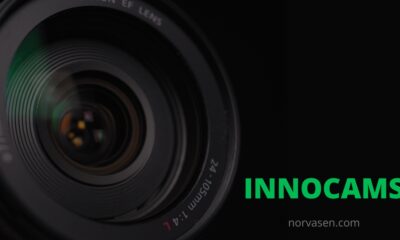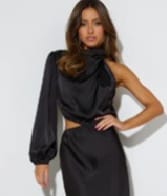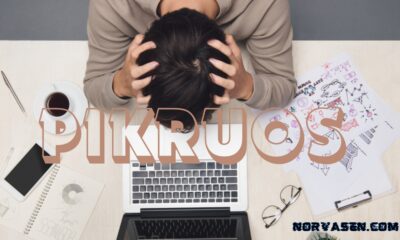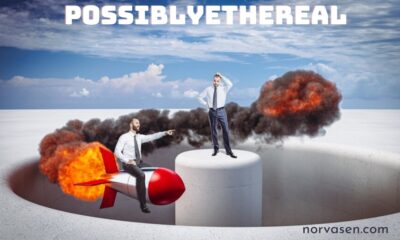Fashion
Choosing the Right Modeling Agency: Your Complete Guide
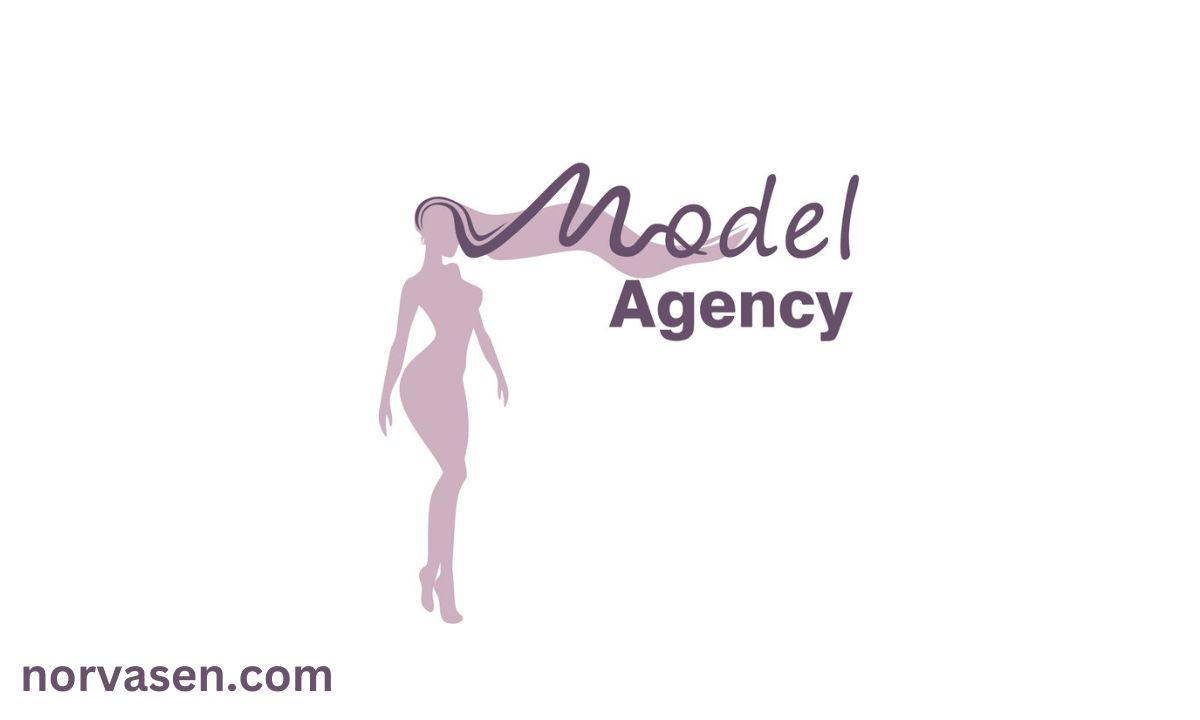
Modeling agencies play a vital role as intermediaries in the fashion and entertainment industries, linking aspiring models and lucrative opportunities. These agencies use their connections to help their clients land contracts, runway shows, photoshoots, and even ad campaigns.
But not all modeling agencies are made equal, and picking the proper one can have a big influence on your future in the industry. With several Modelling Agencies Australia has to offer, it can be difficult to choose which one is right for you. This guide will explore the important aspects to take into account when choosing the right modeling agency.
Which Kind of Modeling Agency Do You Need?
The modeling industry is broad, with many agencies specializing in different areas and model kinds. Aspiring models can choose the best agency that fits their personal qualities and career ambitions by being aware of the various types of modeling agencies. The main categories of modeling agencies are broken down as follows:
Editorial Fashion
These agencies work with designers, premium businesses, and fashion periodicals, with a focus on high fashion. Models in this category usually have to fulfill certain physical specifications, like weight, height, and distinctive face traits.
Those employed in big cities for fashion, such as New York, Paris, Milan, and London, are frequently represented by editorial modeling agencies. They might serve as brand ambassadors for upscale labels, walk the runways, and feature in fashion publications.
Commercial Modeling
A wide range of media, such as print ads, commercials, catalogs, and trade exhibitions, employ this kind of modeling to promote goods and services. The main goal of commercial modeling agencies is to land clients who need models to behave or reflect a certain type of lifestyle or demographic, including “young mother,” “athlete,” or “business professional.”
Plus-size Modeling Agencies
The need for plus-size models has expanded as the modeling and fashion industries have become more inclusive. Models represented by plus-size modeling agencies represent larger-framed businesses and designers. You can see these models in plus-size fashion-focused ads, retail store catalogs, and runway shows.
Petite Modeling Companies
Petite modeling agencies, albeit less popular, focus on finding models with proportionate figures but lower stature than the average fashion model. In contrast to runway modeling, petite models are more common in commercial and print assignments where height is not as important.
Children Modeling
These agencies focus on representing young people, from newborns to teenagers. A wide range of media types, such as print ads, commercials, TV shows, and movies, feature child models. To protect the welfare of their young clients, agencies that work with child models are especially watchful to follow the law and ethical guidelines.
Sports or Fitness Agencies
Models represented by fitness agencies typically have a background in sports or fitness and a well-defined body. These models are usually included in advertising for fitness-related items, sports apparel promotions, and health and fitness periodicals.
Glamor Modeling Companies
Glamor modeling, which is frequently connected to swimmers, lingerie, and men’s magazines, emphasizes the more seductive and sensual aspects of modeling. Glamor models need to exude a particular charm and have a strong, photogenic appearance, even when their stats may not match those of a standard fashion model.
Parts Modeling Agencies
These specialized agencies represent models who are in demand for particular body parts, such as the hands, feet, legs, or eyes, but may not work as full-body models. Parts models can be utilized in fashion accessories, art, and advertisements for beauty products.
Promotional Modeling
Through direct interaction with potential customers, promotional models are used to drive consumer demand for a good, service, brand, or concept. These models are frequently seen at conventions, trade exhibits, and open gatherings. They must be attractive and possess excellent interpersonal abilities.
Factors to Consider When Choosing a Modeling Agency
If you are looking for your first modeling agency as a new model, here are some factors that you should look into:
1. Reputation and Track Record
When choosing a modeling agency, one of the first things to consider is its standing in the business. To determine the agency’s reputation and credibility, review its past work, clientele, and history. Seek out agencies that have a track record of helping their talent land high-profile roles and begin successful careers.
2. Focus & Specialization
Select an agency that is in line with your objectives after taking into account your own desires and industry specialty. Choosing an agency that specializes in your industry can help you succeed by providing specialized opportunities and representation.
3. Agency Structure and Size
There is a wide range of modeling agencies in terms of size, from boutique operations to multinational conglomerates. Every size has different benefits and things to keep in mind. Larger agencies frequently have extensive networks and resources, whereas boutique agencies might offer more individualized care and customized advice.
4. Transparency and Communication
Consider how open and communicative the agency is during the talent selection process; this may be a sign of their dedication to building trusting connections with their talent. Building mutual trust and understanding requires open lines of communication as well as transparent policies about agreements, costs, and expectations.
5. Opportunities and Industry Connections
A respectable modeling agency should have a wide range of contacts in the business, including links with casting directors, designers, photographers, and brands. Through these relationships, agencies can guarantee a continuous flow of chances for their personnel and gain access to prominent projects and partnerships.
To evaluate an agency as a possible partner, look into their network and evaluate the kind of prospects they can provide.
The Right Modeling Agency Will Bring You to the Top!
Selecting the right modeling agency is a crucial first step in beginning and developing your career in the fashion industry. You can make the right choice that supports your objectives by closely considering aspects, including reputation, area of expertise, communication, industry contacts, and warning signs.
Remember that engaging a modeling agency needs to be founded on open communication, mutual trust, and a common desire to succeed in the cutthroat world of modeling. You can navigate the business with confidence and pursue your dreams with clarity and commitment if you have the proper agency by your side.
Fashion
Why You Should Try Lash Extensions in 2024
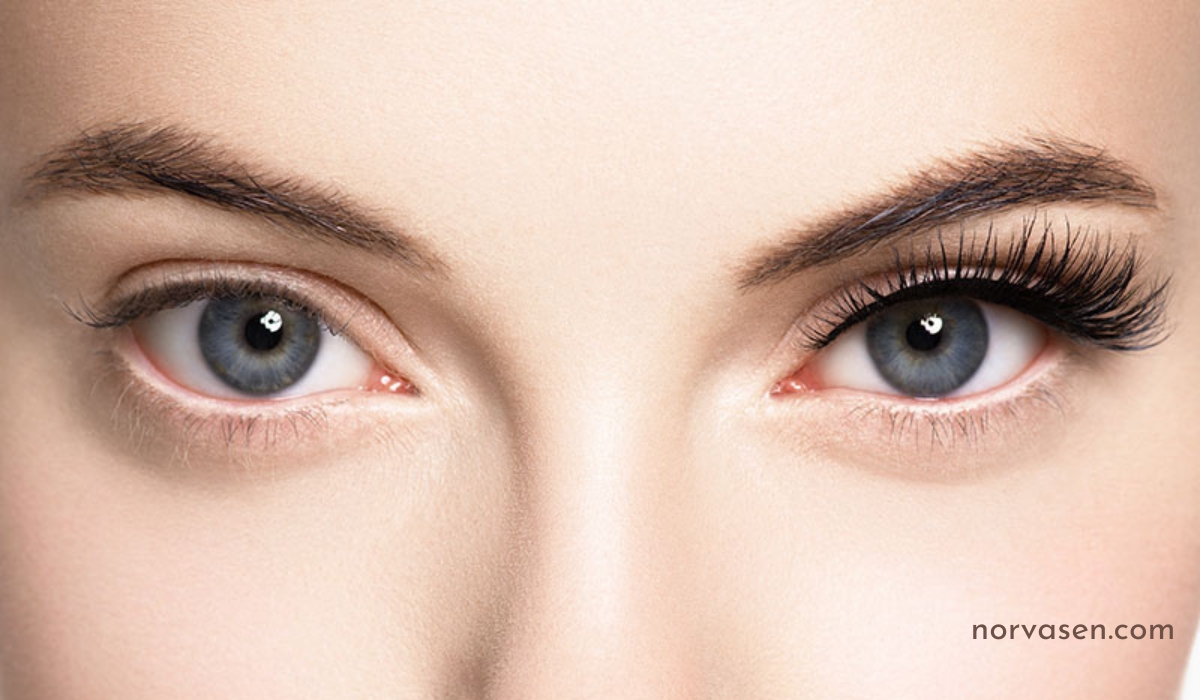
Imagine having long, thick eyelashes that make your natural beauty stand out every day without having to wear mascara. In 2024, lash extensions are a popular beauty trend that can be tried for many reasons. This blog post will give you strong reasons to think about getting lash extensions this year.
1. Enhanced Appearance
With lash extensions, your eyelashes will look longer, fuller, and stand out more. They make you look more beautiful by making your eyes look more defined and glamorous.
With extensions, you do not have to use mascara or eyelash curlers every day to get a full, fluttery lash line. This can make you feel better about yourself.
2. Time-Saving Convenience
Getting lash extensions can save you time in your daily life. Unlike curling or applying mascara every morning, extensions make your eyelashes look great as soon as you wake up.
If you have a busy schedule or just want an easier morning routine, this is a great feature. You can enjoy your day more because you will not have to spend as much time getting ready.
3. Customization Options
You can get lash extensions in a number of different styles and lengths to suit your taste and eye shape. If you want natural, soft lashes or big, dramatic ones, a skilled technician can make the extensions fit your style. Also, you can pick from different curls to get the exact look you want, making sure that your eyelashes go well with the rest of your look.
4. Professional Application and Safety
Experts who have been trained and know how to do it safely put on lash extensions. They use special glues that are safe for your eyes and natural eyelashes.
With this professional application, the extensions will look natural and will be securely attached without hurting your hair. To avoid irritation or allergic reactions, it is best to go to a salon with a good reputation where technicians follow strict hygiene rules.
5. Low Maintenance Care
After they are put on, lash extensions are simple to take care of. It will not take much time to keep them in good shape. Basic care involves avoiding oil-based makeup removers and rubbing your eyes too harshly.
Usually, a mild cleanser is all you need to keep your eyelashes clean and looking great. Keeping your eyelashes in place also means not pulling or twisting them. Your lash extensions will stay full and long as long as you get touch-ups every couple of weeks.
Enhance Your Look with this Popular Beauty Treatment
Indeed, wearing lash extensions every day or just for special events is easy and lasts a long time. They make you feel better about your appearance and make your beauty routine easier. So, enhance your look with this popular beauty treatment and discover the transformative effects of lash extensions.
If needed, explore options for professional application and quality lash extension supplies to achieve stunning, lasting results that elevate your natural beauty.
Fashion
6 Must-Buy Women’s Dresses in 2024
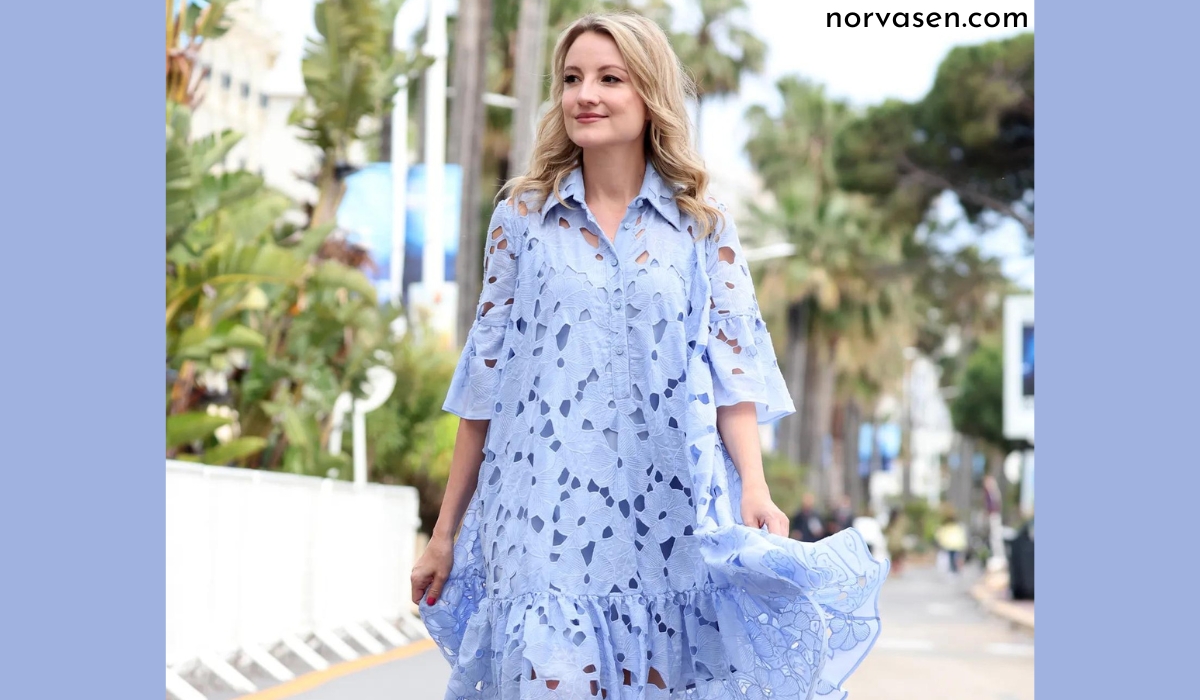
As you start the new year, imagine getting a new wardrobe that makes people look twice and makes you feel better about yourself. Keeping up with the latest fashions means finding the right dresses that are stylish, comfortable, and in style. This guide will highlight six must-buy women’s dresses for 2024 that are set to make a statement.
1. Maxi Dresses
Maxi dresses are long, flowing dresses that reach the ankles. They are a must-buy for 2024 because they offer both comfort and style.
Maxi dresses come in various fabrics, from lightweight cotton for summer to cozy knits for cooler weather. They are perfect for casual outings, beach days, or even more formal events when dressed up. The length and loose fit make them flattering for many body types.
2. Midi Dresses
Midi dresses are a great option for 2024. They fall between the knee and ankle, offering a stylish and practical length.
Midi dresses are versatile and can be worn to work, casual gatherings, or dressy occasions. They come in various styles, including A-line, wrap, and bodycon, making it easy to find one that suits your taste. The midi length is also perfect for layering with jackets or cardigans.
3. Mini Dresses
Mini dresses, which are short and typically end above the knee, are back in style for 2024. They are ideal for casual outings, parties, or summer events.
Mini dresses can be paired with tights or leggings in cooler weather. They come in numerous designs, from playful prints to classic solids, making them a fun addition to any wardrobe. Choose a mini dress that complements your style and comfort level.
4. Statement Dresses
Statement dresses are bold and eye-catching, designed to stand out. In 2024, these dresses feature unique colors, patterns, or embellishments. They are perfect for special occasions like weddings, parties, or events where you want to make an impression.
Look for dresses with interesting details, such as ruffles, sequins, or dramatic silhouettes. A statement dress allows you to express your personal style and grab attention.
5. Versatile Day-to-Night Dresses
Day-to-night dresses are incredibly useful for 2024. These dresses transition smoothly from daytime wear to evening events. They often have simple, elegant designs that can be dressed up with accessories or dressed down for a more casual look. Styles and colours that are always in style will look good with both flats and heels. Versatile dresses are great for busy schedules and varied occasions.
6. Fall or Winter Dresses
For cooler weather, fall or winter dresses are essential. Look for dresses made from warmer fabrics like wool, velvet, or heavier knits. In 2024, choose dresses with long sleeves, high collars, or cozy textures.
Earthy tones, dark colors, and winter prints will be in style. These dresses can be paired with tights and boots to keep you warm and stylish during the colder months.
Be On Trend, Buy Women’s Dresses Today
Staying on trend and embracing the latest fashion doesn’t have to be a challenge. With the must-buy women’s dresses for 2024, you can effortlessly update your wardrobe with styles that are both chic and contemporary.
Fashion
7 Essential Things to Keep Your Printed T-Shirt Useful
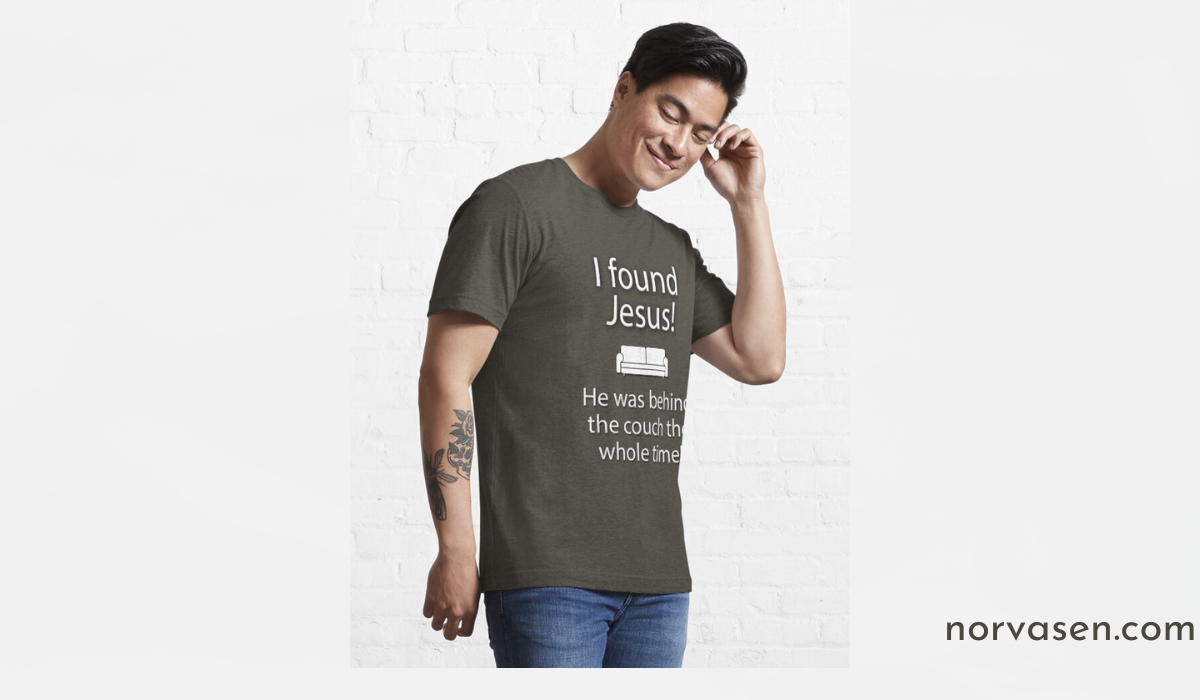
You could have a favorite printed T-shirt that stays bright and comfortable wash after wash and stays in your closet for years. Printed t-shirts are not just casual clothes; they are a way to show off your style and express yourself.
In 2024, knowing how to care for and maintain t shirt printing is key to preserving their quality and ensuring they remain a cherished part of your clothing collection. Keep your printed t-shirts looking and feeling great with these seven important tips.
1. Washing Instructions
Always check the washing instructions on the tag inside your t-shirt. Different fabrics and prints may need specific care. Follow these instructions to avoid damaging the print or fabric. For example, some prints may require gentle washing or specific water temperatures.
2. Inside-Out Washing
Before washing your printed t-shirt, turn it inside out. This protects the printed design from rubbing against other clothes or the washing machine drum, which can cause it to fade or crack over time. It’s a simple step that helps preserve the appearance of your t-shirt.
3. Gentle Detergents
Use a gentle detergent to wash your printed t-shirts. Regular detergents can be too strong and might make the colors fade faster. Look for detergents that are made for delicate fabrics or that say they’re good for keeping colors bright. These detergents are milder and will help your shirt stay colorful and soft.
4. Cold Water Rinse
After washing your printed t-shirt, rinse it with cold water. Cold water helps preserve the colors and prevent them from fading. It also helps to maintain the fabric’s shape and prevents it from shrinking. In contrast to hot water, which can fade colors or weaken fabric, cold water is better for washing your clothes.
5. Drying Methods
Avoid using a tumble dryer for your printed t-shirts. Instead, opt for air drying them on a flat surface or hanging them on a clothesline. Tumble drying can cause the print to crack or peel off over time due to the heat and friction. Air drying is gentler and helps maintain the integrity of the print and fabric.
6. Ironing Techniques
If you need to iron your printed t-shirt, turn it inside out first. This helps protect the print from direct heat, which can cause it to fade or stick to the iron. Use a low heat setting on your iron and avoid ironing directly over the print. Gently press the t-shirt on the reverse side to smooth out wrinkles.
7. Storage Tips
Store your printed t-shirts in a cool, dry place away from direct sunlight. Hanging them in a closet or folding them neatly in a drawer helps prevent wrinkles and keeps them looking fresh. Avoid overcrowding your storage space, as this can cause wrinkles and damage to the fabric.
Preserve the Appearance of Your Favorite Printed T-Shirts
Preserving the appearance of your favorite printed t-shirts ensures they remain vibrant and comfortable to wear. By following the proper tips, you can extend their lifespan and maintain their original appeal.
-

 Tech5 months ago
Tech5 months agoExploring the Features of Innocams: The Future of Security
-

 Home Improvement3 months ago
Home Improvement3 months agoEco-Friendly Round Rug Options for Sustainable Living in NZ
-

 How-To Guides2 months ago
How-To Guides2 months agoComprehensive Guide to Cockwarming: Enhancing Intimacy and Connection
-

 Fashion3 months ago
Fashion3 months agoBlack Magic: The Elegance and Sophistication of Ultimate Homecoming Dresses in Black
-

 Apps and Games3 months ago
Apps and Games3 months agoDiscover Tickzoo: The Ultimate Platform for Video Content Lovers and Creators
-

 Business5 months ago
Business5 months agoUnlock Potential: Explore Pikruos Services
-

 Blog3 weeks ago
Blog3 weeks agoPossiblyethereal: Exploring the Ethereal Unveiling Abstract Ideas
-

 Entertainment4 months ago
Entertainment4 months agoDiving into the Audio-Visual Experience with AV Tub: Innovating Our World of Media

